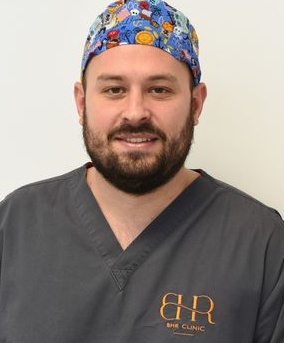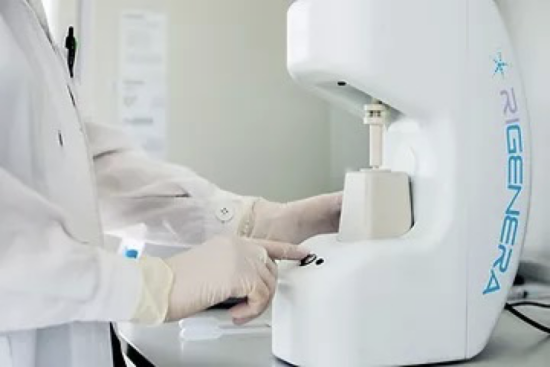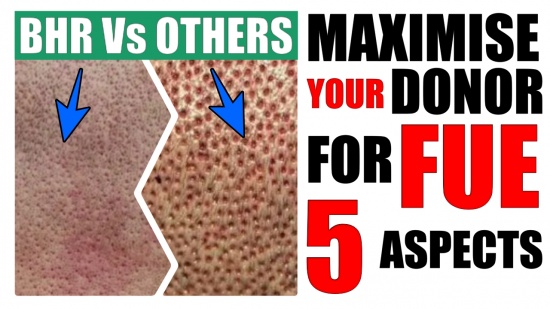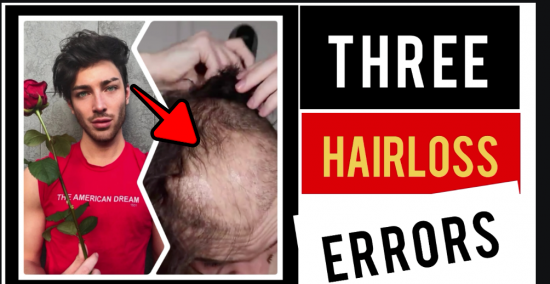One question I am asked a lot about in consultation, as you can imagine, is density, how dense can I go while performing surgery. I understand the question and the concern, but the answer often is more complex than first imagined, in that, it is not what can I do, but what should I do for the individual that will really count, and furthermore, what techniques can I employ to give the fullest result, aside from purely grafts per cm2?
One thing a patient never complains about, or very rarely, (okay I saw it once ever on a forum), is too much density! It is like someone complaining of being over-loved, the reality is, it is not an issue for most of us. There can be the odd occasion whereby a hair transplant is too dense and does not match the existing hair, but for the most part, a patient’s concern is, will it be dense enough?
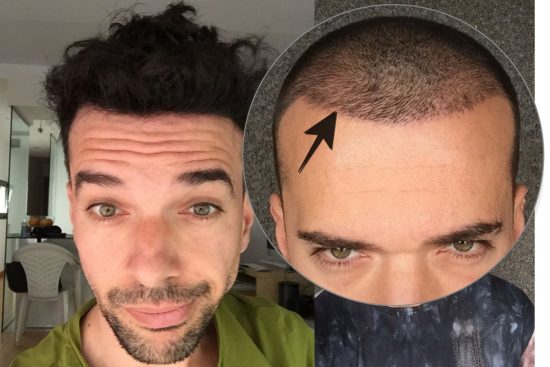
With hair transplantation and FUE in particular, a skilled and experienced doctor will have the magic to make sure you get a very nice, natural result, and without having to over-harvest, decimate or ruin the donor for future surgery or surgeries, as we know this is very often not one-stop shopping. This is where the starting point is also a thorough consultation, native donor density, follicular unit makeup, i.e 1s,2s,3s, etc, miniaturization and loss or potential loss, medication, will be or should be thoroughly assessed.
At BHR Clinic, Dr.Bisanga and I are known for our in-depth analysis and have been for a long long time and this is thanks to Dr.B and the protocols he has instilled and developed over time. From 2009 to date we have had the objectives to be thorough, and what has also assisted us in deepening this is for sure our use of technology. Not only with Fotofinder and other such equipment we have now at our disposal, can we see the hair make-up, the calibre, hair growth or resting phases, and even the quality of the patient’s skin and the potential to highlight any inflammatory issues. So, the starting assessment is good and thorough, it is objective in its findings and not a subjective 4/5 or a “you have a great donor”, approach, that is nice to hear but of no real-empirical value, like a good wine or pizza, what is good to some if not so good to others, why? because it is based on opinion and not actual data. So, first off, we avoid a personal-like or disklike approach and go for the real data, this is key.
So, once we get the data, then the planning for surgery can begin. The patient’s age, density, hair calibre, hair colour, groupings, loss, and indeed medication are all part of what now will be the underpinning of the implementation stage. As a house needs a solid foundation, so we too need this for what we wish to build. Density is only a part of the equation, now with the BHR protocols, it is about the correct deployment of the follicular units, with the right angles, to make sure the result is pleasing and natural. If the patient’s donor density is 70 FU per cm2 average then you don’t need to place at this! Remember the donor needs to last and so to match native density then you would exhaust the donor in about 72cm2 of recipient area! So, the key is a deployment of these units, with good use of singles, doubles, triples, etc to give the illusion needed. With coarser hair, you can afford to go less dense in follicular unit per cm2, and with finer hair, you may pack it a little tighter. Also, the hair to skin contrast is important and must not be ignored, so use every tool in the box to make sure you get a great result and while leaving the patient with a donor that can be cut short with no real evident signs of surgery and plenty in the tank for more as and when needed.
For one of our patients who was bald and wanted a shaved look, we even had poetic license to lay the follicular units more acute to the skin to pull off more of the look he wanted to obtain with lesser grats. This is delicate and within limits but, something a surgeon with experience and appreciation of hair angles, can also do.
Here this case above shows an excellent example of Dr.Bisanga’s intricate design, a meandering of angles, a truly artistic masterpiece that notwithstanding the complexity of it, flourished into a lovely dense result! The patient was so happy that he even put his full face to it! This is really Dr.Bisanga at the pinnacle of what can be achieved, with exhaustive knowledge and understanding of surgery, to the artistic flair to be able to recreate a hairline that even Michael Angelo would have been proud of producing!
Some of the other aspects are less obvious, the collagen levels in the skin and the elasticity, the ease of placement in close proximity, the limitations of density due to angle change in recipient sites, patient bleeding and popping up of placed grafts, so there are challenges beyond the donor capabilities that we as surgeons’ appreciate and have to take into account for anyone that walks through our door. We do not have a one size fits all but a bespoke approach for the individual and even identical twins can have significant differences in some of the scalp and hair qualities.
One thing is for sure, beautiful results do not happen by accident, but by design, and one thing we can guarantee is that we will take into account all of the above aspects to make sure we deliver the density and design that is optimum for you while leaving your donor in excellent condition because we do not believe we should rob Peter to pay Paul, but keep also the donor in the best condition for your now and for your future! Take care!
Dr.Kostis.
